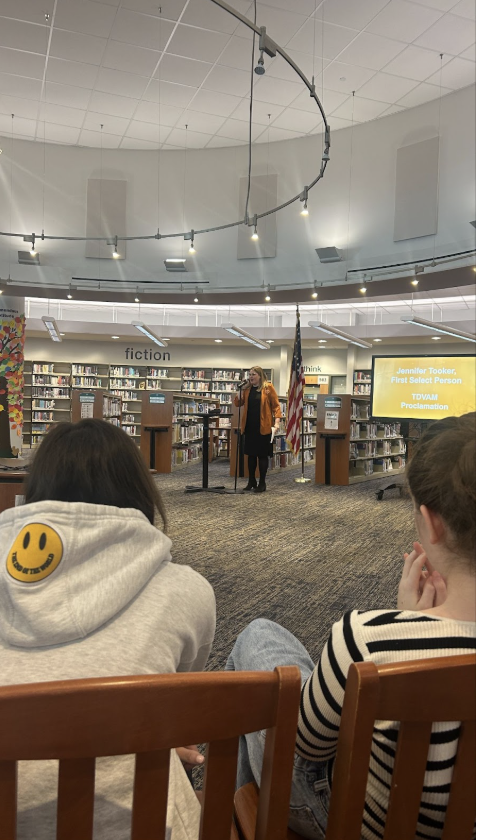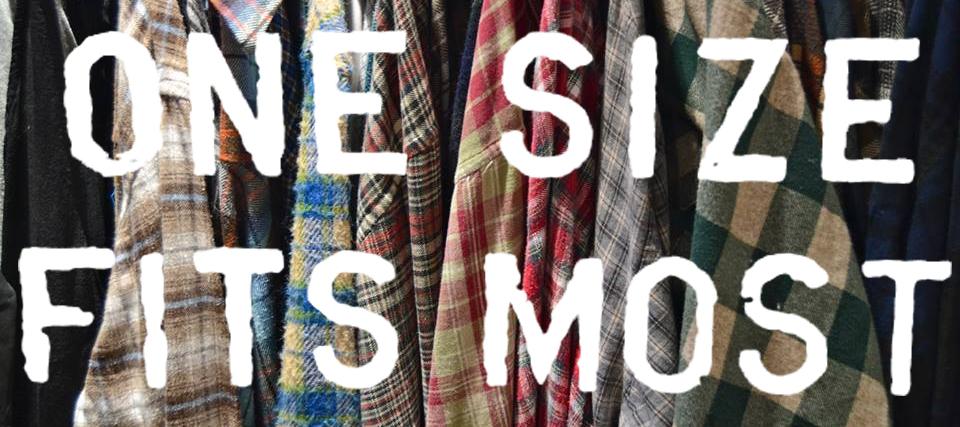Brandy Melville has infiltrated the closets of teenage girls all across America, and she is taking no prisoners.
The original Italian brand, whose designers say they are inspired by the laidback L.A. lifestyle, is characterized by breezy mini skirts, pretty pastels, and soft floral prints.
However, beneath the piles of chunky knit sweaters and skimpy crop tops lie social pressures that have raised many concerns among both teens and adults of Westport, according to students and residents interviewed recently.
Brandy Melville, which operates a shop in downtown Westport, advertises a brand-wide “one size fits most” policy, which is neatly printed on almost all of their tags and also on 10 by 10 inch signs around the store.
Dustyn Levenson ’14, the president of Reshaping Reality, a club of girls whose mission is to “increase the self-esteem of struggling students,” said that she hates the “one size fits most” scale because “inevitably, some kids won’t fit and are singled out as having a body that is unlike most, and by social standards, bad.”
In an interview at the Westport store, an assistant manager said she understands how people could be offended by the signs. However, she argued that, “Brandy is an Italian-based brand, so I think that ‘one size fits most’ could be translated poorly. Its meaning could be misinterpreted or lost in translation.”
The Brandy Melville website includes a sizing graphic to help customers “get a better idea of the fit.” The cartoon model has a small bust, flat stomach, and the coveted thigh gap or space between a woman’s legs (characteristics of a body that many young girls would consider perfect.)
Maria Tripodi, a registered dietitian with a private practice in Westport who specializes in body dysmorphic disorders, believes that the sizing policy adopted by Brandy can only have a negative effect on young teens “because they set up impossible parameters for girls to look like.”
Employees at the store, however, argue that there are a variety of styles available to customers. It is true that although Brandy’s signature crop tops only skim their models’ belly buttons, they also have loose, baggy shirts that hang to the models’ knees.
Carley Brockwell ’14, a former employee, said she had heard complaining. On the other hand, “there are different styles of clothing in the store, some much bigger than others and some much smaller than others.”
Many students disagree and call the sizing policy unnecessary.
Sydney Newman ’15 said, “It’s embarrassing and discouraging that I can only buy an oversized sweater. I should be able to find more than one item of clothing that would fit me in a store that targets growing girls.”
Levenson argued that the clothes serve as what she called a “breeding ground” for body comparisons. “Everyone wears the same size, and it turns into a competition of who wears it better and whose body does it fit the best,” Levenson said.
According to the National Association of Anorexia Nervosa and Associated Disorders, “The body type portrayed in advertising as the ideal is possessed naturally by only 5 percent of American females.”
Students agreed that when a brand that is “one size fits most” is advertised by models who are stick thin, perfectly toned, and six feet tall, the ideal body based on their sizing is unrealistic and disheartening for young girls.
“Having clothing that fits only certain figures and body shapes narrows down the amount of people who can wear their clothes and allows only certain ‘types’ of people to wear it,” Eryn Loberbaum ’14 said.
“This is terrible. Talk about lowering a girl’s self esteem. This is absolutely the kind of media influence that will affect someone with or without an eating disorder,” Tripos said.















































